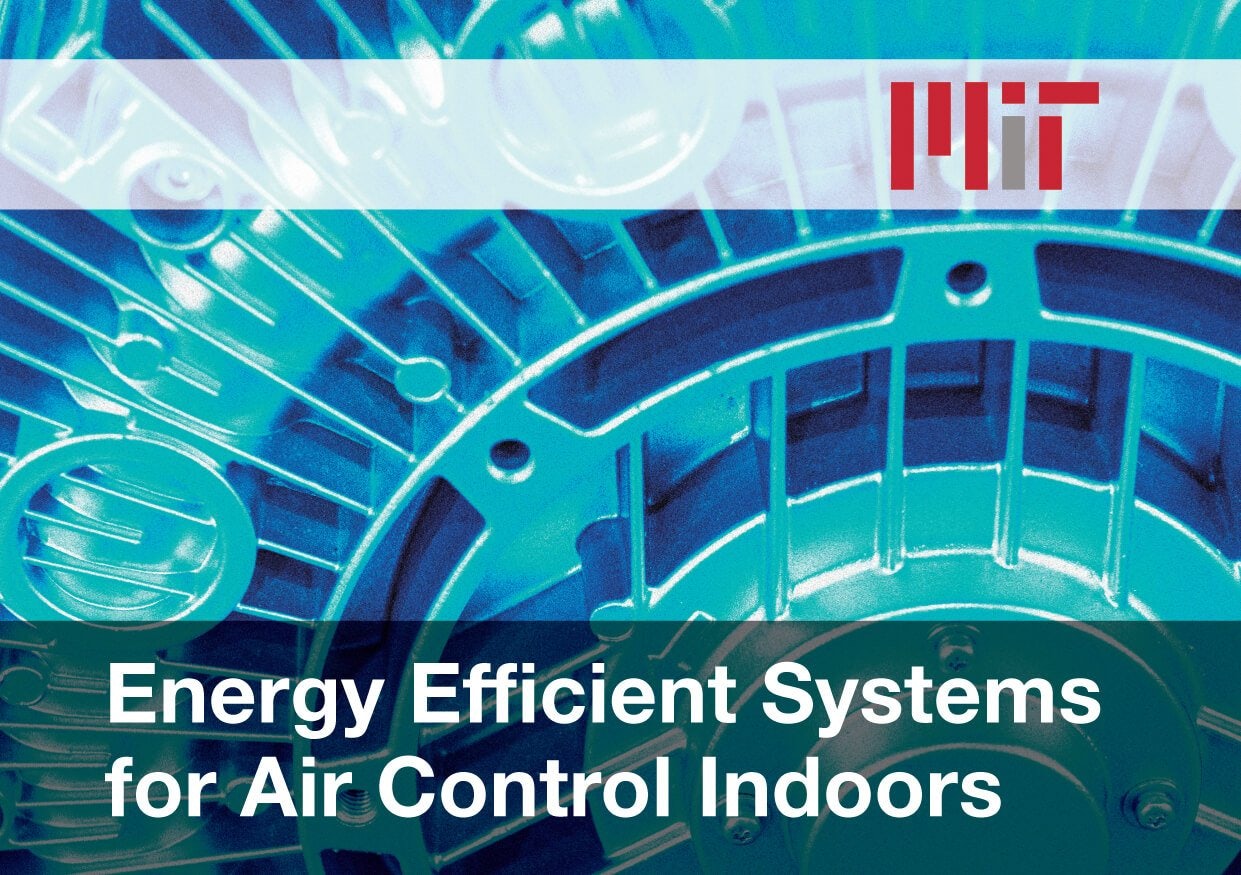Energy Efficient Systems for Air Control Indoors
Effective air temperature management and dehumidification are essential in preventing mould and maintaining high air-quality, however, the energy requirements for accomplishing this are exceedingly high.
Furthermore, compared to other uses of energy with specified finishing points, the energy requirements for air quality monitoring and management is ongoing, resultantly, 40% of a building’s energy demand can be attributed towards temperature control.
The vast majority of these systems are not only energy consuming, but energy inefficient. The primary reason being that the devices have two functions to complete: cooling the air and removing the moisture – and while doing these separately is taxing, performing them simultaneously requires substantial additional energy. Numerous efforts have been made to improve efficiency in this process for over a decade now, but so far without significant progress.
Over the last two years, researchers from the Massachusetts Institute of Technology (MIT) and its Singapore-based programme worked together to explore a number of options for cooling down water and subsequently the surrounding air, to see which uses energy most efficiently. All options were based on a model where a membrane would be able to add to the efficiency by separating molecules of different properties and directing their movement.
After experimenting with this and adding an element of desiccants (drying agents), the team compared their results in terms of COP (coefficient of performance), which shows how many units of cooling are provided for each unit of input electricity. The COP achieved by the experiments was only 4 (at its highest), whereas the regular inefficient solutions range between 5 and 7.
As a consequence, the scientists continued to explore options and came up with a two-membrane design, where the water vapour is pushed through the membranes by manipulating pressure on either side. Another difference is that the separated humidity is never turned into water to dispose of, but is instead blown out of an exhaust stream, which takes less energy. Using this method, the team has achieved a COP of 10.
While the solution is targeting residential housing, we believe there’s great potential for further industrial applications rooted in the knowledge acquired over the last two years in this field. For example, cooling down data centres, machinery and high-heat working sites is just as energy consuming, and transforming such measures into more energy-efficient ones where possible can provide crucial cost/energy savings.
